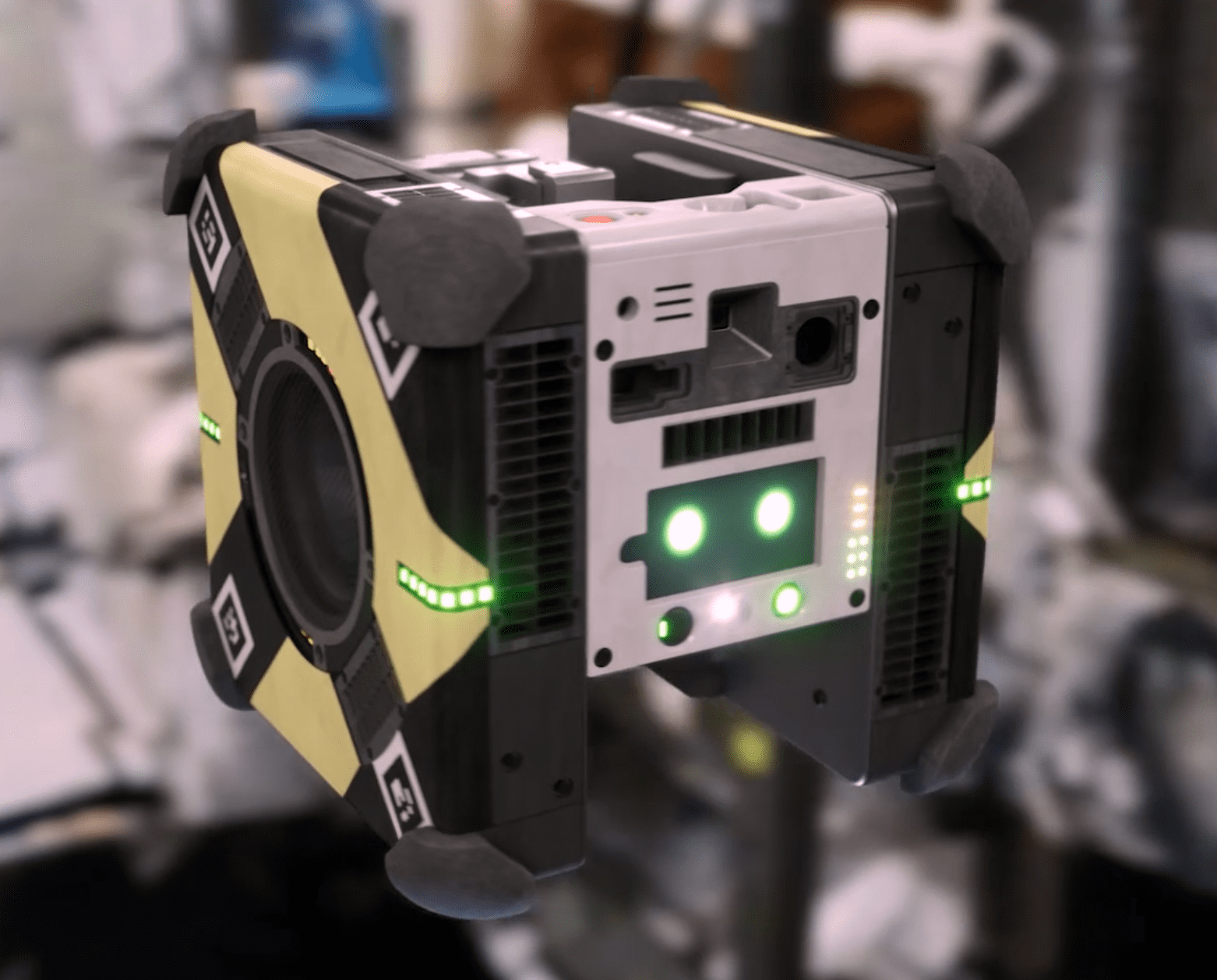
The deployment of mega-constellations and smallsats in LEO is driving the democratization of space and changing how the data flows between the edge and the cloud.
In a 3-part series, we will cover how space computing is following in the footsteps of Industrial IoT by enabling autonomous decision making at the edge of the compute network:
As we highlighted in the first post, space computing has followed Industrial systems in many ways and is continuing to evolve in a similar fashion. We will now discuss how Gen 3 systems will further reduce the data flow from the systems to the ground stations for processing, into systems capable of nearly complete autonomous operations, leveraging specialized satellite datacenters and actionable information reporting driven by the following factors:
Example 1: Astronaut Robotic teammate: NASA Ames Research Center Astrobee – The Astrobee free-flying robotic system is used to help astronauts on the International Space Station (ISS) with routine duties enabling them to focus on things only humans can do. Cameras and sensors along with detailed maps help them see and navigate around the ISS. Three different Astrobees can work autonomously, via remote control by astronauts, or by researchers on the ground. Autonomy is key: They dock to their charging stations or lend a hand to the astronauts with their perching arms capable of grasping and moving items. They were active participants in finding the recent small leak on the ISS.
Example 2: Satellite Datacenters: Lyteloop, Unibaps’ SpaceCloud & LEOCloud – While still very much in their infancy, the emerging space datacenters are shaping out to be key tenets to continue the pace of the space industry’s growth and realization of the advanced Space-IoT ecosystem of the continuously expanding multi-domain sensors with data fusion. Ultimately Space-IoT will use the extreme advantage and performance of laser communication in space to send the continuous sensor data collected to the various space datacenters.
System architectures are thus changing into more onboard threat detection and avoidance in the case of autonomous collision avoidance and laser communication interlinks to communicate rapidly across the constellation network. Growth of space datacenters like Lyteloop, Unibap’s SpaceCloud and LEOcloud is further evidence of the coming of Gen 3 systems.
Gen 3 system share the same basic attributes we discussed for Gen 1 & 2 systems:
Gen 3 Space Grade high-performance high-density non-volatile memory changes the designer’s focus from babysitting memory devices in the systems to enabling the evolving processing architectures and sensors in Space-IoT ecosystems. Space-IoT systems can now keep, execute, and update/upgrade firmware and change the personalization’s of the sensors to adapt to the rapidly changing landscape and mission needs. Enabling continuous evolution of the Space-IoT AI Inference Engines further fueled by continued adjustments of the training of datasets and ML/DL models both on the ground datacenters, as well as the space datacenters to push forward the next generation of space.
As such, the goals of Space Missions Computation for Human Out Of The Loop (HOOTL) for Gen 3 – Capture, Store, Analyze, Act, re-Architect systems – AI-enabled Space-IoT™ — Collect data from all sensors, perform change detection onboard for actionable information dissemination to the ground and perspective re-tasking/re-purposing of the Space-IoT device in parallel with distribution of data to the space cloud for further expeditious data analysis. The evolution of the Space-IoT realm enables companies to focus on their core competencies more closely for focused Space-IoT platforms and enable the developing ecosystem of upcoming backbone of space datacenters, communication constellations, space situational awareness systems, etc. to provide their domains of expertise. It’s the realization of the fractionation/plug-n-play approach to level the space industry playing field for further entrepreneur investment, growth and proliferation for the betterment of our human existence.
